In order of appearance, more or less...
White-Faced Heron
We saw the first one on our very first day in Fiji. Then we saw them again in a couple of places in Australia:
Myna
There were tons of them everywhere: starting in Fiji and all around Australia. These birds are native to southern Asia, but they are widespread in other parts of the world, as well (where they are considered invasive species). Before this trip, I saw them in Israel.
Red-Vented Bulbul
We saw them in Fiji, both at the resort and (especially) during our day trip to South Sea Island. They are also native to India, and are considered an invasive species in Fiji.
Pacific Swallow
Also in Fiji, during our trip to South Sea Island.
Welcome Swallow
And just to keep them together, here is another kind of swallow, on the bank of Yarra River in Melbourne.
Laughing Kookaburra
The first really Australian bird! And really cool, too... We saw this one in Manly, near Sydney.
And then saw another one in Lorne.
Finally, we saw one more on Phillip Island.
Australian Darter
This Australian bird is closely related to other Anhinga species that we saw in Costa Rica and Florida. This is a male, sitting on the railing of Circular Quay in Sydney. Notice the white stripe near the eye and the reddish throat - American Anhinga males don't have that.
And this one is a female, which we saw on our boat trip in Kuranda.
Pied Cormorant
We saw them in several locations in Australia. This photo is from Lorne, on the south coast, but we saw them in Manly, as well.
Little Pied Cormorant
This photo is from our boat trip in Daintree. It is a little out of order, but I wanted to place the two cormorants next to each other. Notice how this one has a shorter yellow beak and a black stripe in front of the eye.
Silver Gull
These are very common everywhere - with pink feet, bright-red beak, and silvery eyes.
First they mobbed us when we were eating fish-and-chips on the beach in Manly...
... and then there was this cute one on Trinity Beach.
And countless more.
Superb Lyrebird
This is a really cool bird! Males have spectacular lyre-shaped tails, but this is a female, so her tail is much more modest.
She was scratching on the ground as we were walking a busy trail in Katoomba (Blue Mountains) - where we least expected to see her. Then, later in the trip, we went to Kinglake National Park, near Melbourne, specifically to look for lyrebirds - they are known to reside there - but no luck...
Superb Fairy-Wren
We saw these small and beautiful birds many times, but they are extremely difficult to catch on camera because they are darting around, constantly on the move. Males are bright blue - this one I saw on the trail near Jenolan Caves...
... and here is a couple in the bushes at the Marriners Lookout, along the Great Ocean Road.
The female is light-brown, but also with a perky tail.
Yellow-Faced Honeyeater
On a trail near Jenolan Caves.
New Holland Honeyeater
On a walk around Lorne. So again, out of order, but I waned to put the honeyeaters together.
White-Eared Honeyeater
Seen much later, on Philip Island. Not the best picture, seen from below, but he didn't oblige and give me a better view. You cannot really see the white patches on the sides of the head either, but they are there, believe me.
Noisy Miner
This is also a bird in the honeyeater family. Seen near the Shrine of Remembrance in Melbourne.
Australian Magpie
Another bird that is practically everywhere. This one is from Lorne.
And here is one on the shore near Bondi beach.
During breeding season, they are said to be territorial, to the point of swooping at people whom they consider to be "invaders"... I've also heard that, being extremely smart, they can remember people that they don't like and will then recognize them later and attack them on sight, even when these people are minding their own business and not guilty of any trespassing at the moment.
We didn't experience any of that firsthand, because the breeding season was over. To the point that the chicks were out of the nest and almost Mom-sized, but still following the Mom and expecting to be fed.
Magpie-Lark
Another black-and-white bird, very similar to magpie but smaller.
This one is a female. Male has a slightly different black-and-white pattern.
Pied Imperial Pigeon
They are almost completely white, just the edges of the wings and the tail are black. We saw many of them in Port Douglas, but too far for a good picture. This photo is taken from our balcony on Trinity Beach.
Bush Stone-Curlew
This is a really cool bird, endemic to Australia and getting more difficult to see in the wild, especially in the South. But we got lucky to see them in Queensland, first in Port Douglas and then near the lagoon in Cairns. They are large-eyed and long-legged, almost 2 feet (55-60 cm) tall, and mostly nocturnal - so the first time I saw one, in Port Douglas, it was too dark and the photos didn't come out well. But the second time I got some nice pictures.
Australian White Ibis
Also called "bin chickens" (because they use their long curved bills to open trash cans), these birds are everywhere - from cities to countryside.
Here is one on the terrace railing in the center of Sydney, totally unafraid of the passers-by trying to take pictures.
And these two are strolling around the lagoon in Cairns.
Straw-Necked Ibis
A different kind of ibis, also endemic to Australia, but much less widespread. We only saw them in Port Douglas, and the only photo I have is not the best quality, snapped from a passing car in the dusk.
Glossy Ibis
The third species of ibis found in Australia. This one is a juvenile, seen in the wild, while we were walking along the Esplanade in Cairns.
Unfortunately, we didn't see an adult in the wild, so this is a photo of a breeding adult at the Wildlife Habitat in Port Douglas.
Australian Pelican
Also seen on the Esplanade in Cairns.
Masked Lapwing
Another wading bird, also seen on the Esplanade in Cairns.
And then later I managed to get much better pictures near our apartment on Philip Island.


Pied Oystercatcher
Running along the water edge at Trinity Beach.
Little Egret
On the grounds of our resort in Port Douglas.
Cattle Egret
Daintree River. There were literally hundreds of them flying down the river at sunset, to roost in the treetops of one little island.
Orange-Footed Scrubfowl
In Port Douglas. A large hen-like bird. There were quite a few of them, in the grass along the road and in little side streets. This one is eating some fruit in a parking lot near the Trinity Bay Lookout.
Purple Swamphen
Also to keep similar birds together, although this one we saw towards the end, on Philip Island. It is a large bird, mostly looking totally black, but if the sun hits it right you can see the iridescent purple color of the breast and neck.
One with a baby.
And here is a whole family.
Dusky Moorhen
A similar bird, but smaller: really hen-sized - except it can swim. Adults have a red shield on forehead. This one is walking along the pond edge. We saw it along the trail to Lake Elizabeth (where we went to see the platypus).
Eurasian Coot
Another swimming hen. This one has white shield on forehead, and it actually swims - in a pond at the Melbourne Botanical Garden.
Not only does it swim, it has a baby!
Green Oriole
Daintree Village, seen while we were waiting for our boat tour down the river.
Australian Brush-Turkey
In Kuranda, near the river.
Red Wattlebird
Our balcony in Lorne provided ample opportunities for birdwatching. Parrots, magpies... and this perfect picture of a Red Wattlebird, captured by Alik.
Although we saw them in many other places, as well.
Eastern Yellow Robin
In Lorne, walking along the trail around town.
Black-Shouldered Kite
Lucky shot! Flying over Loch Ard Gorge, on the southern shore.

Crested Pigeon
Near a lake in Ballarat.
Pied Heron
In Yarra Valley. Near a pond, among the vineyards.
Red-Browed Finch
Also in Yarra Valley, in the backyard of our little house among the vineyards.
Parrots!
There are lots of different parrots in Australia, I am going to list them all together. Rainbow Lorikeets and Sulphur-Crested Cockatoos are pretty much everywhere. But most of the different kinds of parrots, and the greatest concentrations of them by far, are in or around Lorne and Apollo Bay. Literally herds... like this.
The two photos above are from Apollo Bay. And in Lorne, while we were trying to have a picnic on the beach, we got mobbed by a bunch of cockatoos. They shamelessly stole our pizza right from the box!
Anyway, here is a selection of parrots we saw in the wild, also in order of appearance.
Rainbow Lorikeet
Sulphur-Crested Cockatoo
Galah
Ok, this is not in the wild, but I have an excuse. In the Wildlife Habitat in Port Douglas, this Galah parrot decided that he wanted to be held by me (not the other way around!) - he stepped from the railing onto my arm although I didn't have any food or entice him in any way. He must have discerned my awesome personality, there is no other explanation! :) So here is the photo.
Fortunately, later we saw tons of Galah in the wild, in Lorne and Apollo Bay.
Crimson Rosella
All in Lorne, seen either from our balcony or walking along the trail around town.
Adult, with beautiful blue-and-red coloring
Juveniles, with prominent green plumage
Eastern Rosella
On Philip Island.
Yellow-Tailed and Red-Tailed Black-Cockatoo
We saw these large, magnificent black parrots fly by our balcony in Trinity Beach several times, but either too far or too fast to take a picture. Luckily, when we took an unexpected turn-off from the Great Ocean Road towards a wildlife park (with Dingoes!) - before we got to any park, right there by the turn-off in a tree, there were Yellow-Tailed Black-Cockatoos, and I managed to snatch a couple of shots.
And funnily, just like the Galah chose me at the Wildlife Habitat in Port Douglas, there was a female Red-Tailed Black-Cockatoo who took a strong fancy towards Alik. We were sitting in bleachers, listening to a lecture about koalas, when a large free-flying bird swooped by, landed on a fence next to Alik and started making definite advances towards him.
The zoologist chasing after her explained that she was new, just relocated to the habitat from someplace else, and so she was still unsettled and behaving in unexpected ways. I personally find nothing unexpected in this behavior, to me it shows good taste and sound judgement on her part.
Swans, Ducks, Geese
Also to keep similar birds together. Swans, of course, are black. Ducks come in different varieties.
Black Swan
Black swans are highly ornamental, so even though they are endemic to Australia, they have been introduced to other countries, from Japan and China, to Britain, to the United States. I am pretty sure I saw them, as a child, in the ornamental pond in the Summer Garden, St. Petersburg. But here I finally got to see them in their natural habitat.
Australian Wood Duck
Male and female walking near the stream in Lorne. Male has a brown head.
Another female, walking. Females have two white stripes on the face.
A whole family, in a different place, but also in Lorne.
Chestnut Teal
A male (colorful) and two females (speckled brown) swimming in a pond among the vineyards in Yarra Valley.
The fourth bird, in the far right, looks different. I think it is a Hoary-Headed Grebe.
Australasian Grebe
This one is definitely an Australasian Grebe, in a pond at the Melbourne Botanical Garden.
Pacific Black Duck
These are widespread, we saw them from Kuranda to Melbourne. This one is swimming right in the center of the city, in the Yarra River in Melbourne.
Radjah Shelduck
These live only in the North, and we saw one in the northernmost point of our trip, during the boat ride down the Daintree River. The photo is not the best, but that's the only one I have. And considering how rare they are, I consider myself lucky to have it. The sexes look the same, so this could be either a male or female.
Cape Barren Goose
The only place we saw them was on Philip Island. They are literally everywhere there.
Not in the Wild
All the birds listed above we saw in the wild, no cheating (even if sometimes I supplemented by other photos). However, I want to include two types of birds that we didn't (and arguably couldn't) see in the wild. We saw both of them at the Wildlife Habitat in Port Douglas, which I highly recommend for other reasons as well. It is a cut above similar other places that we visited during our trip. Incidentally, that is also where I got to hold a koala - but that's another story.
Southern Cassowary
Cassowaries are very rare, very shy, and very aggressive. If you ask how somebody can be shy and aggressive at the same time, I think "shy" means that they live deep in the forests and try to avoid people at all costs. If they cannot avoid an encounter, then they become aggressive. And being a large and heavy bird with a huge beak and powerful legs, which they use as weapons, you don't particularly want to encounter a cassowary in the wild anyway. So here are a few photos taken from behind a solid fence.
Tawny Frogmouth
This very cool bird is nocturnal, so we had no chance to photograph it in the wild. Even taking a picture in a zoo was not easy, because they are kept in a dark habitat, with violet light. Still, I managed to take a couple of photos where you can actually see what the bird looks like.
































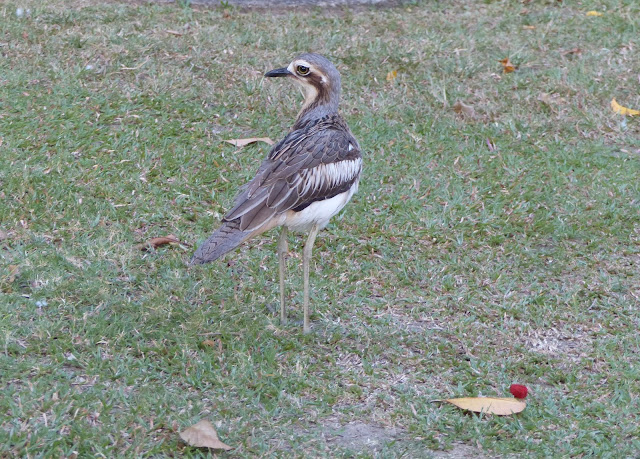












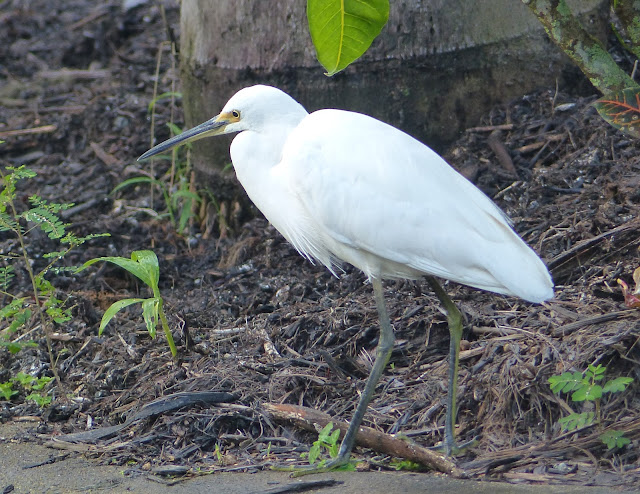
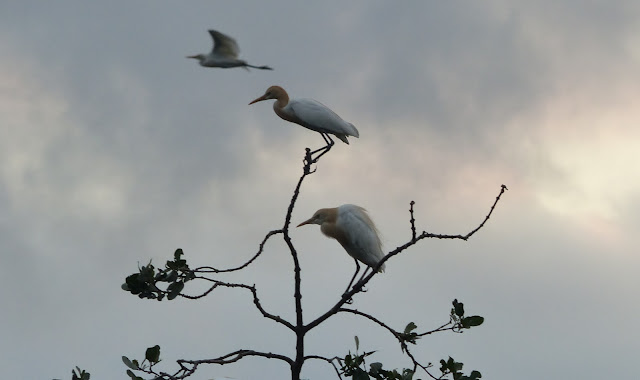

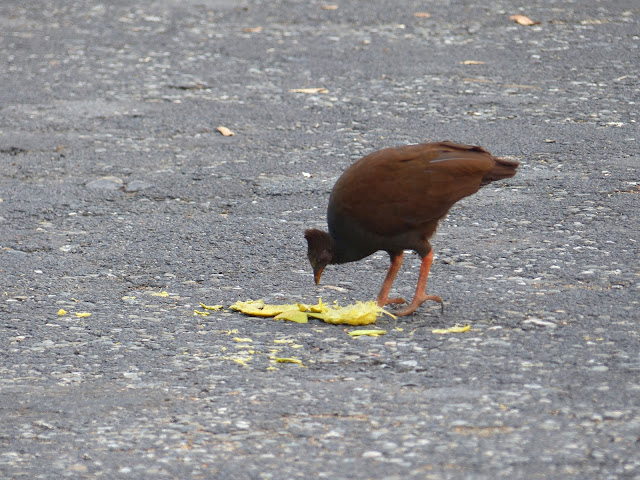















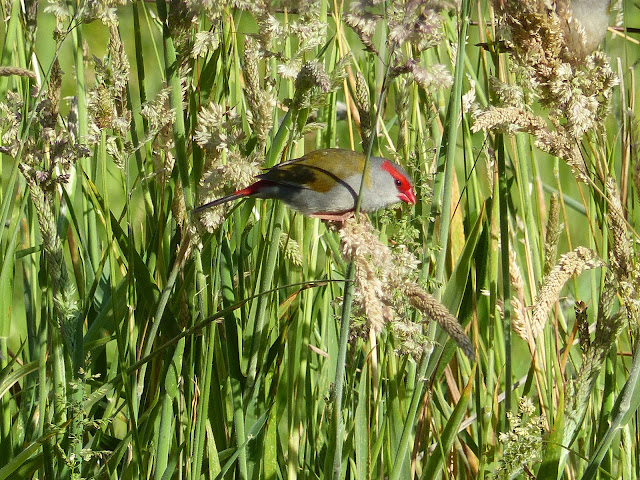


















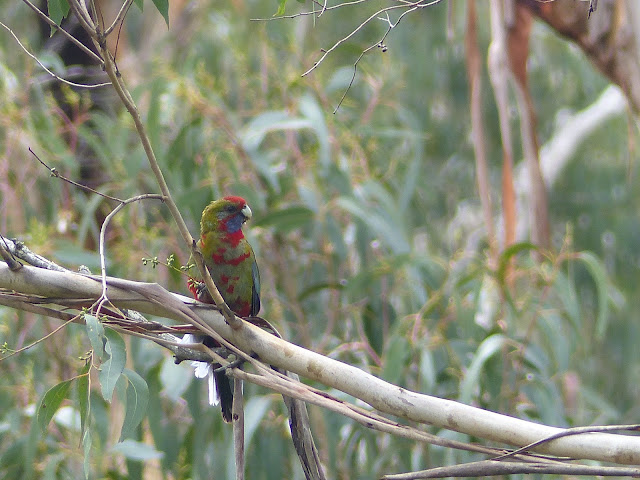




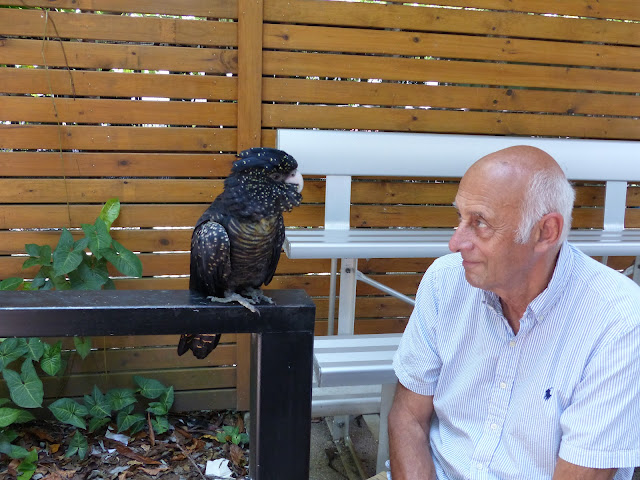
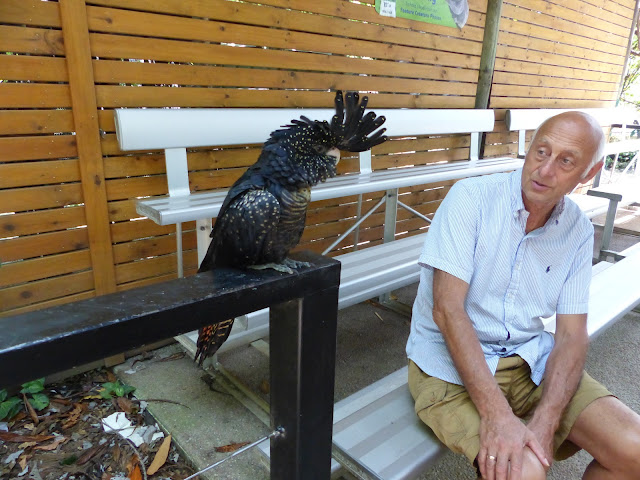




















No comments:
Post a Comment